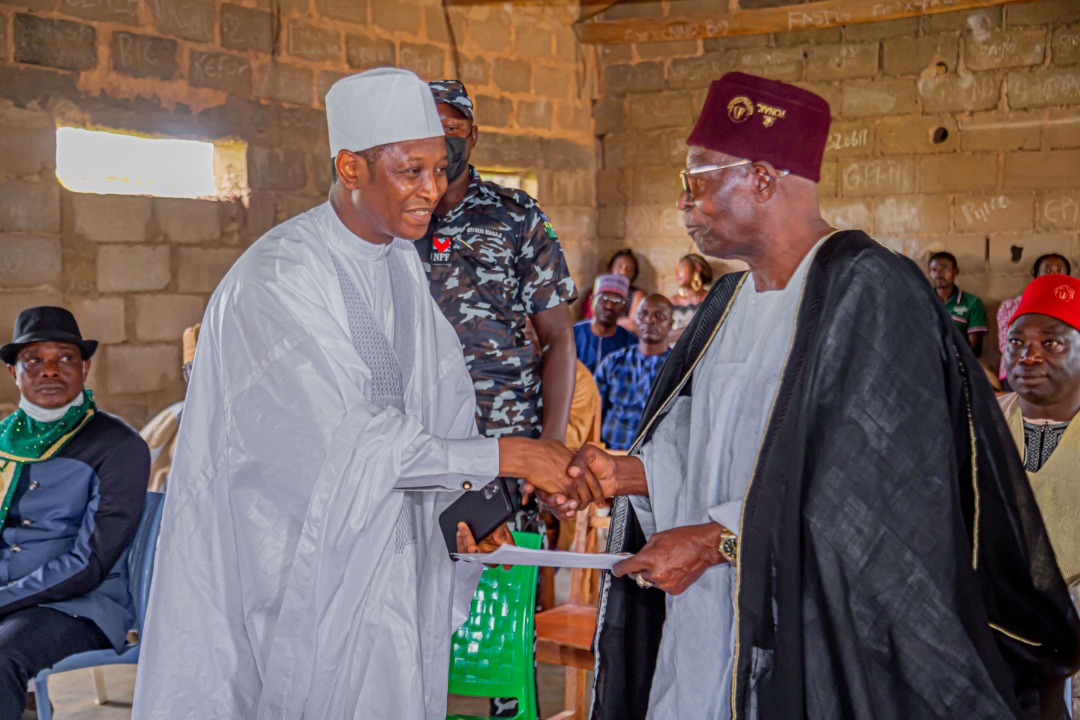Seven Years After, NEDC Reconstructs Adamawa Bridges Destroyed By Boko Haram

One of the three major bridges destroyed in Adamawa State by the Boko Haram terrorists have been fully reconstructed and commissioned.
Work has reached 80 to 90 per cent completion stages on the other two bridges, The Nation can confirm.
The earnest work done on the bridges come seven years after the bridges were destroyed and after many Adamawa people complained bitterly that moves by the Federal Government to reconstruct the bridges were not yielding any dividends until the North-East Development Commission (NEDC) stepped in.
Commissioning the completed bridge at Kudzum in Michika local government area, the Chief Executive Officer of NEDC, Mohammed Alkali, said his commission intervened with funding to move Federal Government’s efforts forward on the strategic access linkway in northern Adamawa.
The three bridges: the Kudzum bridge, the Dilichim bridge also within Michika LGA and the Wuro-Ngayandi bridge in Madagali LGA, which all lie on the 90km Mararaba-Mubi to Michika to Madagali road, connect Adamawa with neighbouring Borno State.
Since the Boko Haram terrorists bombed them in 2014, the Michika-Madagali axis was virtually cut off from the rest of Adamawa State.
Speaking at the commissioning of the Kudzum Bridge, Adamawa Deputy Governor, Chief Crowther Seth who represented Governor Ahmadu Fintiri and cut the tape to officially open the bridge for use, said Adamawa people in that part of the state would now be greatly relieved.
“We thank President Muhammadu Buhari and the North-East Development Commission for this remarkable intervention,” Seth said.
The Kudzum bridge, measuring six spans, is the longest bridge on the Federal highway from Yola in central Adamawa to Madagali on the northern tip of Adamawa State and it was also the worst affected by the destructive activities of Boko Haram when the terrorists seized the northern part of Adamawa in 2014.
The terrorists had bombed the pillars of the bridge, forcing it to cave at one end, prompting severally constructed makeshift bridges around the site that were repeatedly washed away by flood each time the rains set in.







